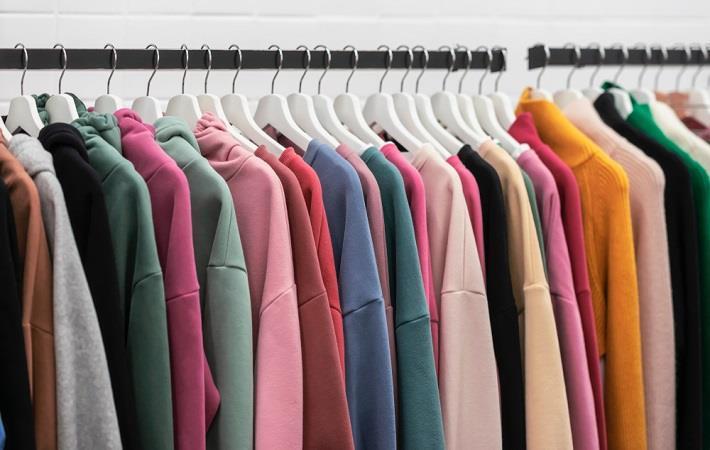Consumer spending is leading the US economic recovery from the COVID-19-induced recession, with retail sales exceeding pre-pandemic levels in the third quarter (Q3) of this year. Most apparel sales will continue to decline, particularly for fast fashion, party dresses, evening wear, career wear and tailored garments, according to research from US commercial real estate services and investment firm CBRE.
Holiday sales of electronics, typically a very strong seasonal category, are expected to weaken after a summer surge in spending on home-office equipment, entertainment and remote learning.Consumer spending is leading the US economic recovery from the COVID recession, with retail sales exceeding pre-pandemic levels in the third quarter. Ongoing economic headwinds and concerns over a fall/winter virus spike are creating an uncertain and unpredictable holiday shopping season, says US commercial real estate services and investment firm CBRE.#
The top category sales this holiday season will include value and luxury lounge & athleisure wear, beauty, home furnishings & décor, tools, appliances, cooking & kitchen equipment, streaming & subscription services and at-home entertainment, gaming & fitness.
Nevertheless, ongoing economic headwinds and concerns over a fall/winter spike in the virus are creating an uncertain and unpredictable 2020 holiday shopping season.
Holiday retail sales growth this year is expected to be less than the 4.1 per cent annual average since 2010, culminating in $730.2 billion in total sales last year, according to the US Census Bureau.
CBRE Retail Research forecasts holiday retail sales growth of less than 2 per cent this year, assuming there is no major resurgence of the virus or mandated store closures.
While the US labour market is improving, CBRE Research forecasts an unemployment rate of 9.1 per cent in the fourth quarter (Q4).
Unless additional government stimulus is forthcoming, many consumers will have to balance weakened economic conditions and safety concerns with preserving the excitement of gift-giving and the spirit of celebration, a press release from CBRE said.
The volatile recovery has been uneven among income levels, so holiday spending by wealthier consumers likely will be less affected than spending by lower-income ones. Spending in the second quarter in the United States was boosted by enhanced unemployment benefits, which have since expired.
Consumers likely will be more discerning and prioritise spending on gifts for immediate family versus the broader array of friends, coworkers and teachers. Spending on holiday travel and parties also will be less, the research found.
The rapid transition to consumption focused on essential goods and services to support the new homebody lifestyle will carry over to holiday spending, it concluded.
Consumers will shop earlier than ever this year to avoid crowds and limit anxiety over in-store shopping, product scarcity, shipping costs and delivery timeframes for online orders. Many retailers are expected to start their holiday sales before Halloween to meet consumer demand.
The earlier start also will allow retailers to better manage limited inventory, product availability, distribution and shipping to avoid the usual seasonal rush during a year in which overtaxed supply chains and timely delivery have been ongoing challenges, CBRE added.
Fibre2Fashion News Desk (DS)
